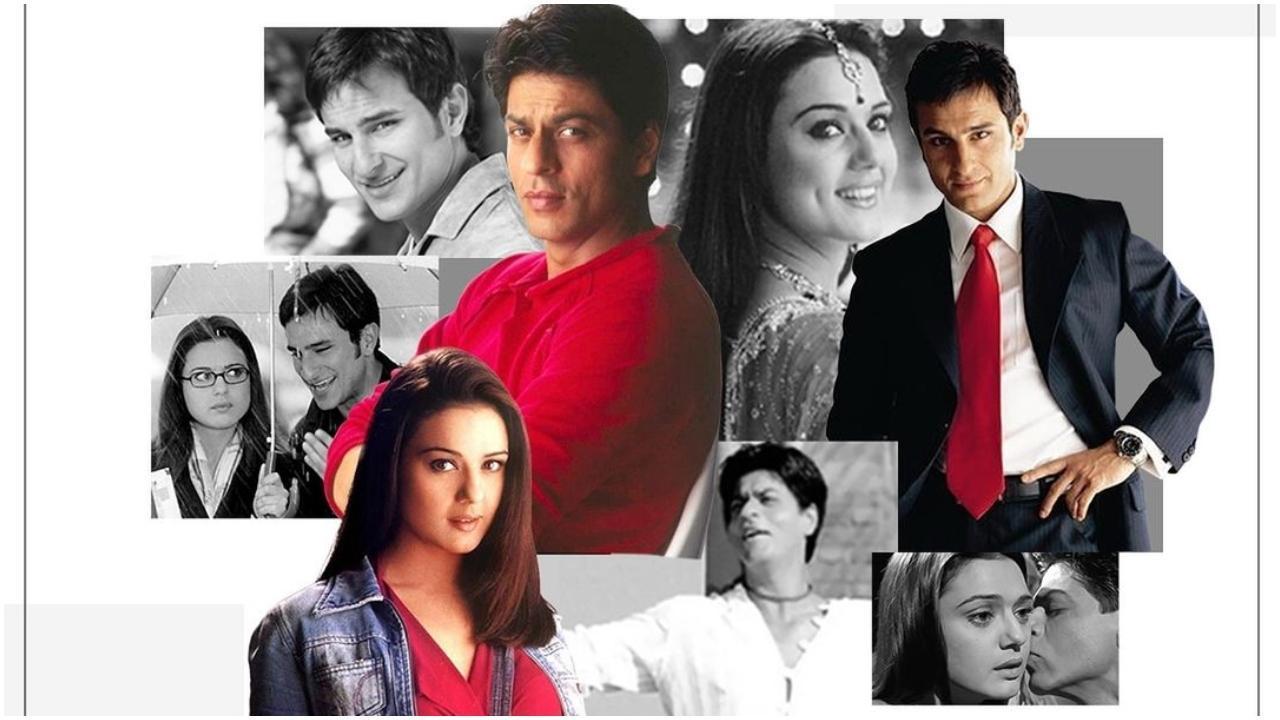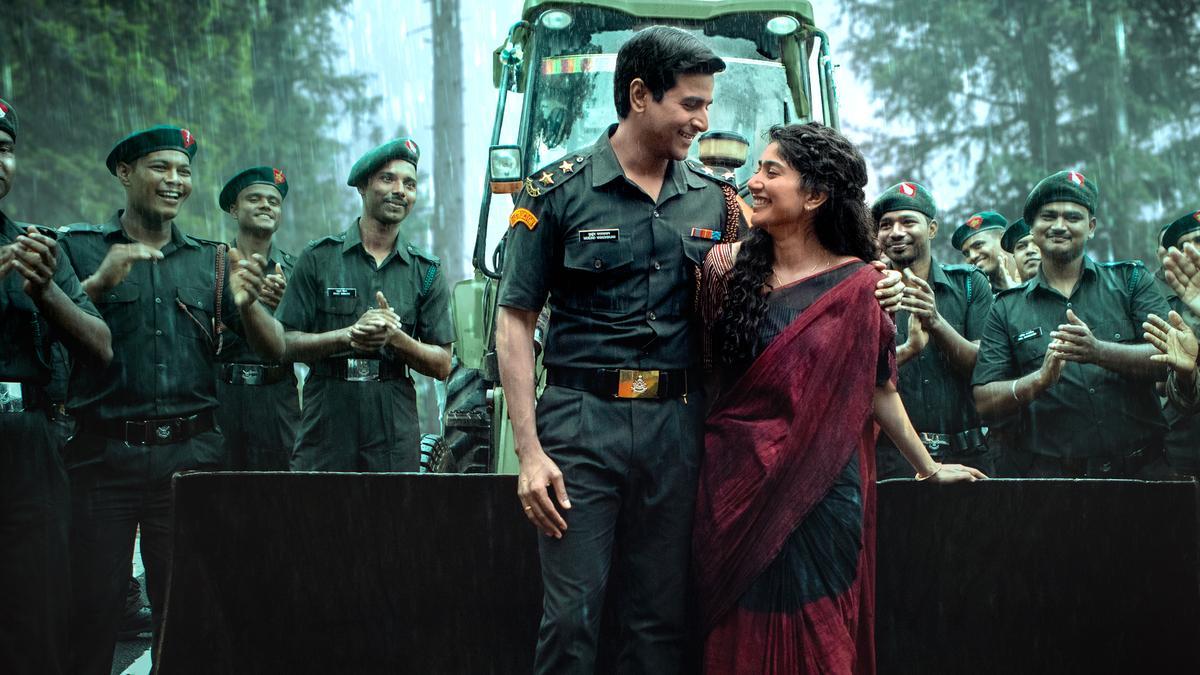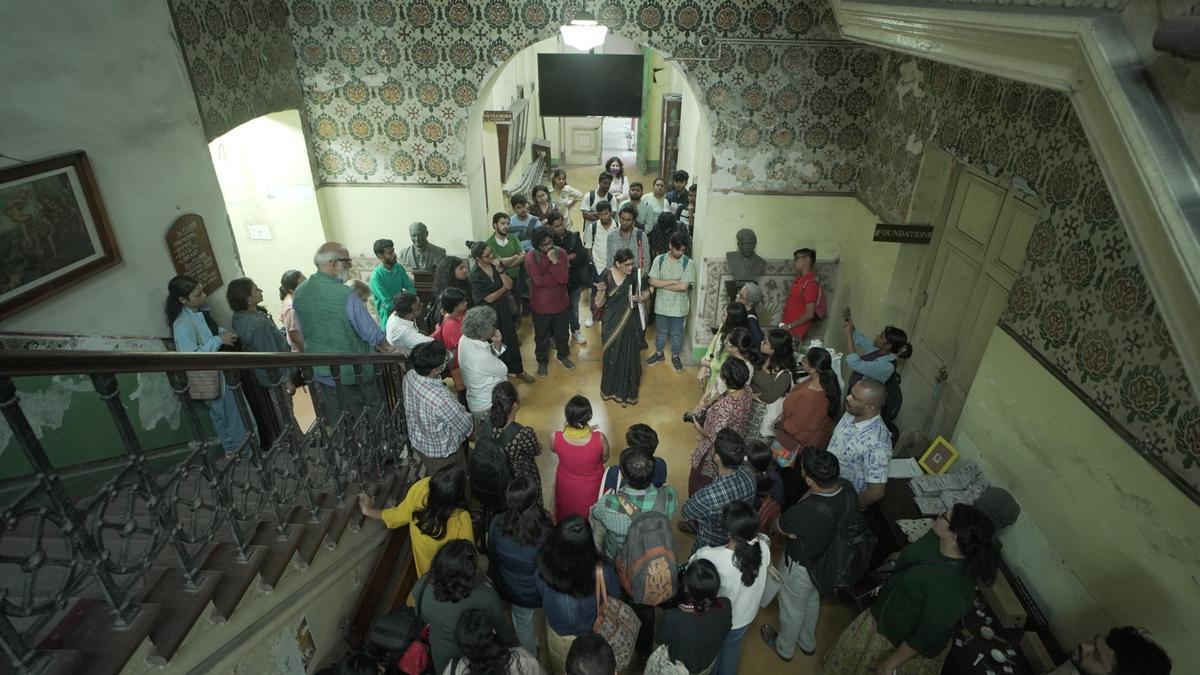
The landscape of American dreams and ideals takes a dark turn in Alex Garland’s “Civil War,” a haunting portrayal of a nation’s descent into chaos. From the outset, the film presents an apocalyptic vision where the bonds that once symbolized unity and coherence lay shattered. Audiences are taken back to Garland’s scriptwriting origins in “28 Days Later,” with the eerie and unsettling semblance of societal collapse.
In “Civil War,” the destructive force is more enigmatic and elusive compared to the viral outbreak in “28 Days Later.” Garland, with his notable directorial prowess demonstrated in “Ex Machina,” “Annihilation,” and his recent ventures such as “Devs” and “Men,” crafts a world where the precise catalyst of turmoil remains a mystery—a deliberate choice that challenges the audience to engage with the chaos rather than simply consuming a narrative of it. America, in its idealized form, has perished, and the characters (and viewers) must navigate the fallout.
Strikingly, Garland shifts from his typical science fiction domain to explore the genre of dystopia, placing the film’s events in an America of the near future, torn asunder by conflict. Crumbling urban landscapes choked with the smoke of warfare set the stage for a grim tale of secession and strife. The film follows the ‘Western Forces’—an alliance between the states of Texas and California—as they advance toward the nation’s capital, depicting a fascist president, played by a shaven and severe Nick Offerman, entrenched within the White House. His unconstitutional grip on power is but an echo of the film’s overarching theme: the fracture of a once robust republic.
The narrative unfolds through the lens of a group of reporters swept up in covering the unfolding crisis. As the ensemble—led by Kirsten Dunst’s Lee, a photojournalist; Wagner Moura’s Joel; Cailee Spaeny’s Jessie, a new recruit; and Stephen McKinley Henderson’s seasoned Sammy—travels the broken roads from New York to the nerve center of the conflict, they witness firsthand the stark realities of a nation at war with itself. Their journey is fraught with peril, each city presenting a fresh tableau of devastation.
The synergy between Garland and his cinematographer Rob Hardy is palpable, manifesting an atmosphere rich with tension. And within this gloom, Jesse Plemons delivers a short but memorably disturbing performance, encapsulating the film’s depiction of America’s dire predicament.
Each actor embodies their character’s role in this turmoil, with Dunst’s performance tying back to the real-life trials of conflict journalism and its impact on the human spirit. Likewise, the dynamic between Spaeny’s Jessie and her mentor Lee echoes the simultaneous hardening and erosion of sensibilities that the trade demands.
“Civil War” has been screened at notable festivals like SXSW and the Red Lorry Film Festival in Mumbai—to mixed reviews. The criticism often circles around Garland’s choice to leave the film’s political undercurrents intentionally vague amid a politically charged atmosphere, emphasized by its coinciding release with the U.S. presidential election year. Garland defends his approach, arguing for the necessity of cinema to foster dialogue and find commonality rather than entrenching polarization.
And yet, as A24’s most expensive production to date, questions linger about the balance between artistic exploration and commercial appeal. The attack on a non-specific brand of fascism allows the film to avoid explicit political statements, yet whether that benefits or hinders the portrayal of America’s current struggles is up for debate.
“Civil War” confronts its audience with a nation in turmoil, seeking not to provide answers but to pose questions that are both urgent and unsettling. The film, which releases in Indian theaters on April 19, invites contemplation on the essence of polarization and the search for ‘common ground’ amid a backdrop of societal fragmentation. Through its unsettling portrayal of conflict and its human cost, “Civil War” stands as a cinematic exploration of the fault lines tearing at the fabric of a national identity.










